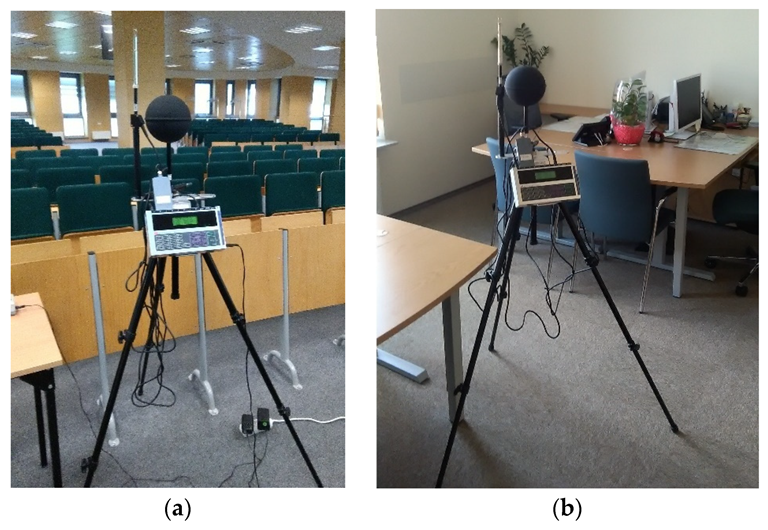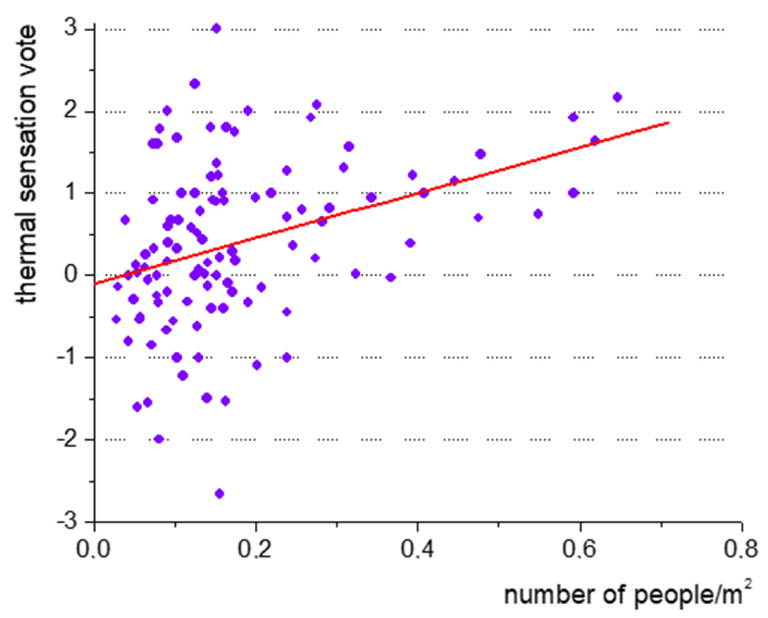Writing in the journal Energies, a team of scientists from Poland has collaborated on a paper analyzing the thermal comfort of so-called “smart” buildings compared to traditional buildings.

Study: Analysis of Thermal Comfort in Intelligent and Traditional Buildings. Image Credit: Krunja/Shutterstock.com
What are Smart Buildings?
Smart buildings, also known as “intelligent” buildings, are a growing trend in new construction. These structures have several fundamental constituents which set them apart from traditional buildings, including information communication networks, building management systems, and varying degrees of automation.
Building management systems encompass integrated elements such as HVAC systems, lighting, electronics networks, room access, fire safety systems, anti-theft control systems, and audio-visual systems. The enhanced levels of integration and technological sophistication in smart buildings affect several crucial parameters for residents, such as air quality and comfort.

Thermal images from “Energies” (a), building “A” (b) and Courthouse (c). Image Credit: Orman, Ł.J et al., Energies
Residential and Commercial Buildings
There is a growing trend in residents spending more time within their properties. The COVID-19 pandemic has led to more people working from home either full or part-time, and other activities such as shopping are undergoing a rapid change due to online stores and home delivery. Remote technologies and the Internet have changed the way substantial portions of the population live and interact with each other.
Due to these changing trends, there has been an increased focus on providing residents with more comfortable home environments. However, these trends, which lead to residents spending more time within their dwellings, present significant challenges to the domestic real estate sector in terms of increased energy consumption.
HVAC and lighting systems consume the majority of energy needs in modern buildings. This is not just a problem in residential dwellings but is also a key driver of energy consumption in commercial buildings. One study in France, for example, demonstrated that 80% of energy consumption in a school building was due to heating and ventilation demands.
Globally, the construction sector is responsible for 55% of total energy consumption. This consumption and consequent issues with environmentally damaging carbon emissions have shone a light on the need to significantly improve energy efficiency in both traditional and smart buildings.
Thermal Comfort
However, there needs to be a trade-off in terms of reducing energy consumption and the climate change-inducing effects of the construction sector and ensuring the comfort of domestic residents and commercial users. Another critical consideration is the cost of smart buildings related to their construction and operation.
Thermal comfort can be used as a parameter to provide comparisons between traditional and smart buildings. This is not a measure of temperature but is rather a subjective feeling of comfort, where the individual feels neither too cold nor too warm. Several factors can affect thermal comfort, such as air temperature, air flow, humidity, and biological factors such as metabolism rate.
Several scientific studies have been performed over the past few decades into thermal comfort in both commercial and residential buildings. However, very few have focused on smart buildings. This may be due to the relative rarity of these buildings compared to traditional ones.
However, with growing interest in building or retrofitting structures with smart functionalities, there is an urgent need for studies that compare thermal comfort in intelligent and conventional buildings to address this significant research gap.

The measuring station in the lecture room of “Energis” (a); and the office room in the Courthouse (b). Image Credit: Orman, Ł.J et al., Energies
The Study
The study provides a comprehensive, comparative analysis of thermal comfort in both traditional and smart buildings in Central and Eastern Europe during their normal day-to-day operations. By studying thermal comfort in real-world conditions, rather than a lab-based approach using climactic chambers, the paper provides practical information on factors such as user preferences and sensations. In the research, 1788 questionnaires were used.
Research was conducted over a long time span, providing more realistic data compared to lab studies, which are conducted over shorter periods. Many participants were involved in the study in multiple rooms. The research covered every season and a wide range of indoor and outdoor environments. Fifty-four current studies were analyzed in the paper.
The paper provides pertinent data and information for engineers and building operators, helping to design better buildings. A large data set was gathered, and the paper revealed that the body mass index of individuals and occupational density can have a key influence on thermal comfort and sensations. The influence of factors such as air movement and relative humidity have been thoroughly evaluated.

Thermal sensation vote vs. number of people per unit area, the red line represents the linear fitting, while the purple dots the average values of TSV. Image Credit: Orman, Ł.J et al., Energies
Several key findings were presented in the research. Higher levels of thermal comfort were observed in smart buildings, with 60% of study participants reporting improvements, compared to 45% of participants in traditional buildings. Half of the respondents in smart buildings reported that they did not need any changes in their thermal surroundings, compared to 29% of study participants in traditional buildings.
Indoor thermal environment preferences in relation to users' thermal preferences did not depend on building type. Subjective assessments of air movements were correlated with thermal sensations experienced by individuals. With increased perceived air movements, people tend to feel colder. Respondents were more satisfied with warm environments.
However, it must be considered that the study was performed in Central and Eastern Europe, and the respondents were mainly between 19 and 24 years old. Broader studies on different climates and population demographics will improve research in the future.
Further Reading
Orman, Ł.J et al. (2022) Analysis of Thermal Comfort in Intelligent and Traditional Buildings Energies 15(18) 6522 [online] mdpi.com. Available at: https://www.mdpi.com/1996-1073/15/18/6522.
Disclaimer: The views expressed here are those of the author expressed in their private capacity and do not necessarily represent the views of AZoM.com Limited T/A AZoNetwork the owner and operator of this website. This disclaimer forms part of the Terms and conditions of use of this website.